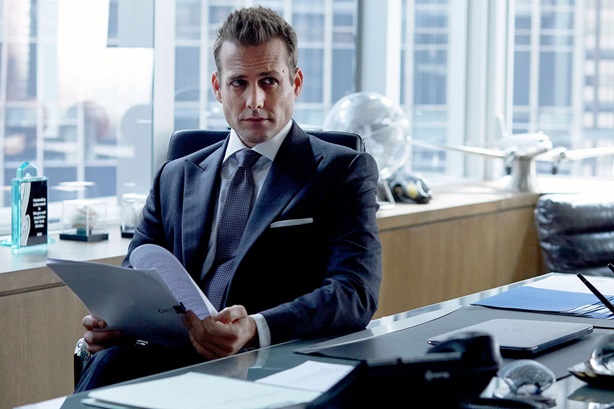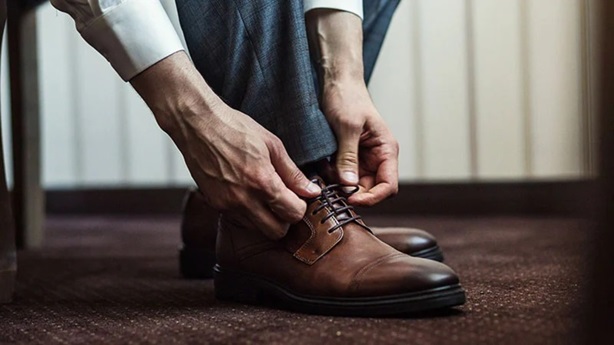Professional and Stylish: How to Select the Right Men’s Uniform for Your Business
What kind of picture do you want to present about your business? Formal and professional, or casual and relaxed? In the world of business, the appearance of your employees plays a crucial role in shaping the perception of your brand. A well-designed uniform not only enhances professionalism but also reflects your company’s identity and values. Whether it’s for a corporate setting or a hospitality environment, the right attire can enhance both performance and confidence.
Contents
How to Make a Uniform for Men?
Find the Right Balance: T-Shirts vs. Shirts

The choice between t-shirts and shirts largely depends on the nature of your business, the industry standards, and the desired image you wish to portray.
T-Shirts are ideal for businesses with a casual or creative environment, often preferred in industries like tech startups, cafes, and casual retail. They offer comfort and ease of movement, so they are suitable for active roles. Choose high-quality fabric and ensure the fit is neither too tight nor too loose. Customisation options like company logos or slogans can enhance brand visibility.
Shirts convey professionalism and formality, making them suitable for traditional office settings or customer-facing roles. These stylish and classic pieces of mens work clothes offer versatility and easy pairing with various bottoms and accessories. Consider factors like collar style, fabric quality, and fit to ensure a polished appearance. Opt for colours and patterns that align with your brand identity while adhering to industry norms. Customised embroidery or monograms can add a personalised touch to shirts.
Bottoms: Complete the Look with Style and Comfort
The choice of bottoms should complement the chosen top and align with your business’s dress code for work clothes for men. Pick accordingly, choosing from:
- Trousers: Classic and versatile option suitable for formal and semi-formal environments. Choose tailored fits for a polished appearance and ensure comfort for day-long wear. Neutral colours like black, navy, or charcoal grey offer versatility and professionalism. Consider options like chinos or dress pants based on the level of formality required.
- Jeans: Appropriate for businesses with a casual dress code or those targeting a younger demographic. Opt for dark wash jeans for a more refined look, avoiding overly distressed or faded styles. Ensure jeans fit well without being too tight or overly baggy. Pair with a belt that complements the overall ensemble and adds a touch of sophistication.
- Shorts (seasonal consideration): Suitable for businesses in warmer climates or those with a relaxed dress code. Choose tailored shorts made from high-quality fabrics to maintain professionalism. Length should be appropriate, typically falling just above the knee. Pair with a well-fitted polo shirt or casual button-down for a cohesive look.
Elevate the Uniform with Attention to Detail
Belts
Accessories can elevate a uniform, adding personality and style while reinforcing brand identity. Choose leather belts in classic colours like black or brown to complement the chosen bottoms. Opt for quality craftsmanship and understated buckles for a polished finish. Ensure belts are appropriately sized and in good condition to maintain a professional appearance.
Footwear

Select footwear that balances style with comfort and functionality. In formal settings, opt for leather dress shoes in classic styles like oxfords or loafers. For more casual environments, consider options like clean sneakers or loafers in premium materials. Regular maintenance, including polishing and cleaning, is essential to keep footwear looking its best.
Accessories
Consider additional accessories like ties, scarves, or lapel pins to add flair to the uniform. Ensure accessories are tasteful and align with your brand’s aesthetic. Encourage employees to express their individual style within the framework of the uniform guidelines.
What’s the Style You Are Aiming for?
Corporate Attire
For men in corporate settings, the attire typically revolves around suits, dress shirts, and trousers. Opt for well-tailored suits in classic colours such as navy, charcoal, or black. Pair them with crisp, collared dress shirts in white or light blue for a timeless look. Ties add a touch of sophistication; choose subtle patterns or solid colours to complement the ensemble.
When it comes to footwear, leather dress shoes are a staple. Ensure they are polished and in good condition to exude professionalism. Accessories like a leather belt and a classic wristwatch complete the corporate attire, adding finesse to your overall look.
Casual Workwear
In workplaces with a more relaxed dress code, men have the freedom to express their style while maintaining professionalism with well-chosen mens work clothes. Opt for well-fitted chinos or khakis paired with polo shirts or button-downs. Layer with a casual blazer or a sweater for added refinement.
Footwear choices can vary from loafers to clean sneakers, depending on the workplace culture. Accessories such as a leather bracelet or a stylish backpack can add personality to your casual work ensemble.
Uniforms in Service Industries
In service-oriented industries such as hospitality, healthcare, or retail, uniforms play a crucial role in brand representation and customer perception. Mens uniforms should be comfortable, functional, and reflective of the company’s aesthetic.
For hospitality roles, consider tailored suits or smart-casual ensembles with branded aprons for a polished look. Retail uniforms can vary from polo shirts and khakis to more formal attire, depending on the brand’s image.
Maintaining Consistency and Flexibility

Establish clear uniform guidelines outlining acceptable attire for different roles and occasions. Provide employees with options for sizing and ensure uniforms are comfortable and functional. Regularly assess and update uniform policies to reflect evolving trends and industry standards. Encourage feedback from employees to ensure their comfort and satisfaction with the chosen uniforms.
Takeaway
Constructing the perfect men’s uniform for your business requires careful consideration of various factors, including the nature of your business, industry standards, and brand identity. Whether opting for t-shirts or shirts, selecting appropriate bottoms, and choosing complementary accessories, maintaining a balance between professionalism and comfort is key. Invest some time and attention into designing a cohesive and stylish look so you can enhance your brand’s image and create a positive impression among customers and employees alike.






